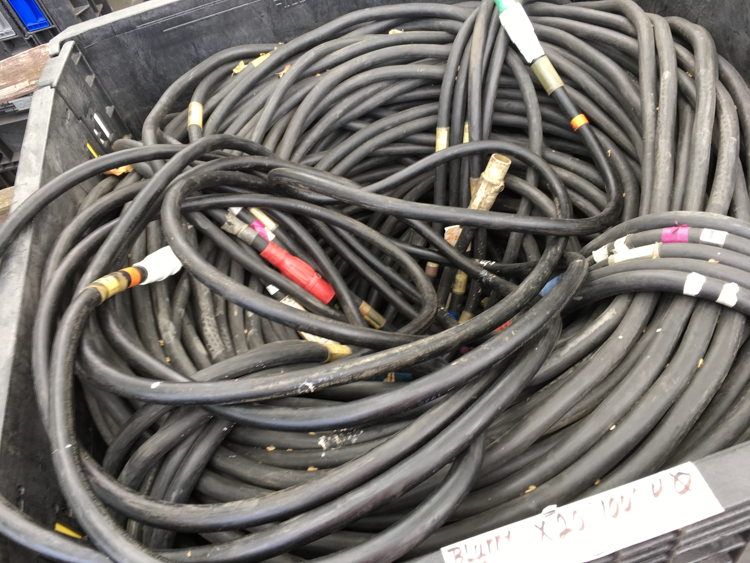Cable Fables
All Cables are alike - a FABLE
All Cables are wrapped Over/Under - a FABLE
All Cables can run along the same path - a FABLE
the true story on How to Wrap cables correctly
There are all kinds of cables you will run into out in the field. And cables are important. Some carry electricity, others audio or video or both. If a cable is damaged the shoot or event could be impacted, so be careful!
Audio Cables Are Usually Thinner Than Video Cables.
When you’re on a set and someone asks you to wrap a cable you can ask if there is a certain way they like their cables wrapped.
When wrapping cables make sure you wrap to the existing pattern of the cable.
Make sure you know what kind of cable you’re wrapping.
When laying cable do NOT lay audio cable next to an electrical cable, as it will cause a buzz in the line.
Wrapping Cables Is Super Important
Electrical Cables – Straight wrap. No kinks. Sometimes these cables can be very thick when you’re dealing with generators. Talk to the person in charge before wrapping larger cables.
Audio Cables – Over/under wrap. No kinks
Video Cables – Over/under wrap. No kinks
Combo video/audio Cables (sometimes called a snake) these cables are usually thick and heavy. Check with the appropriate person on how they want the cable wrapped.





